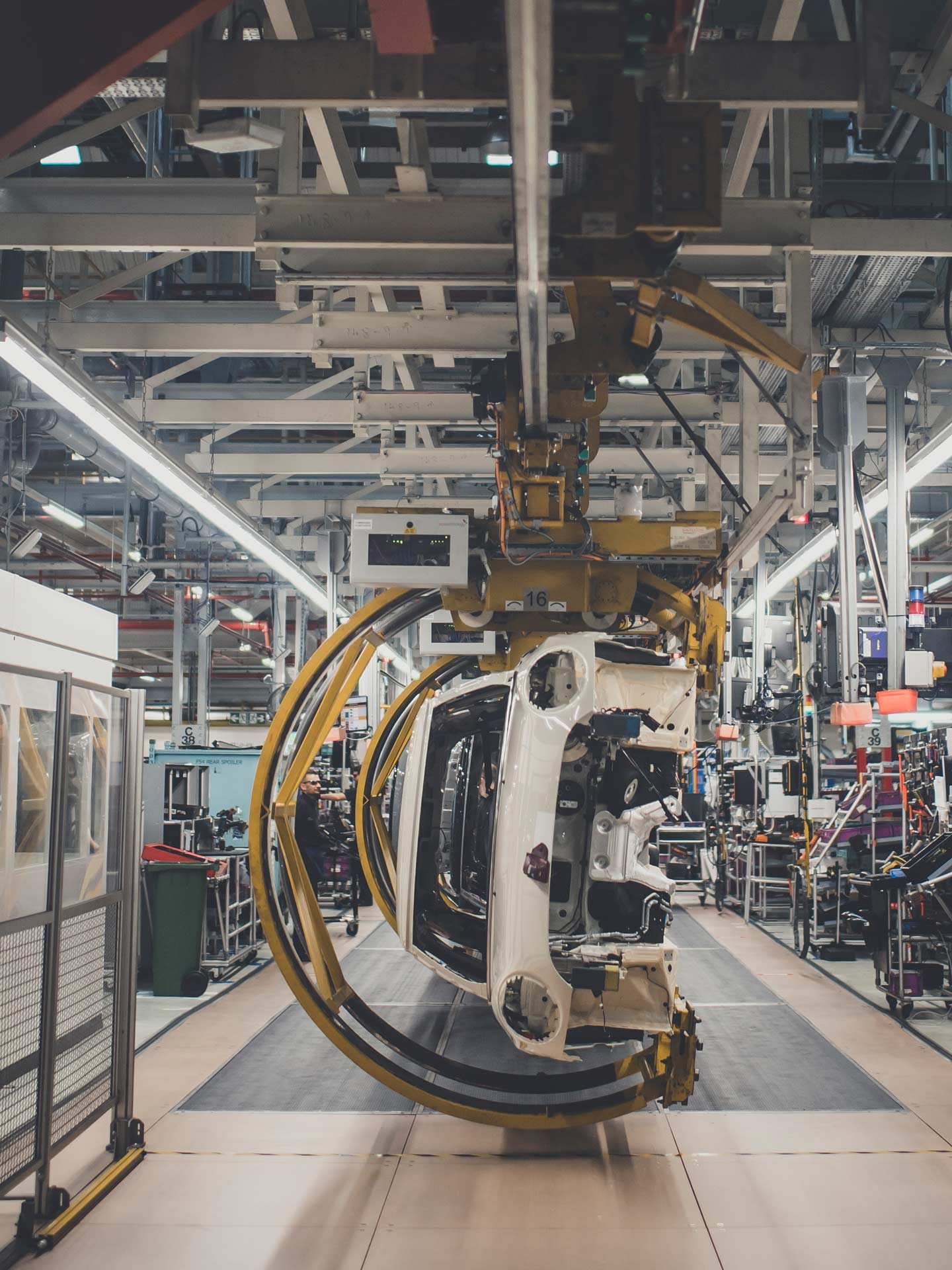Our tool for managing your permission to our use of cookies is temporarily offline. Therefore some functionality is missing.
PROGRESS.
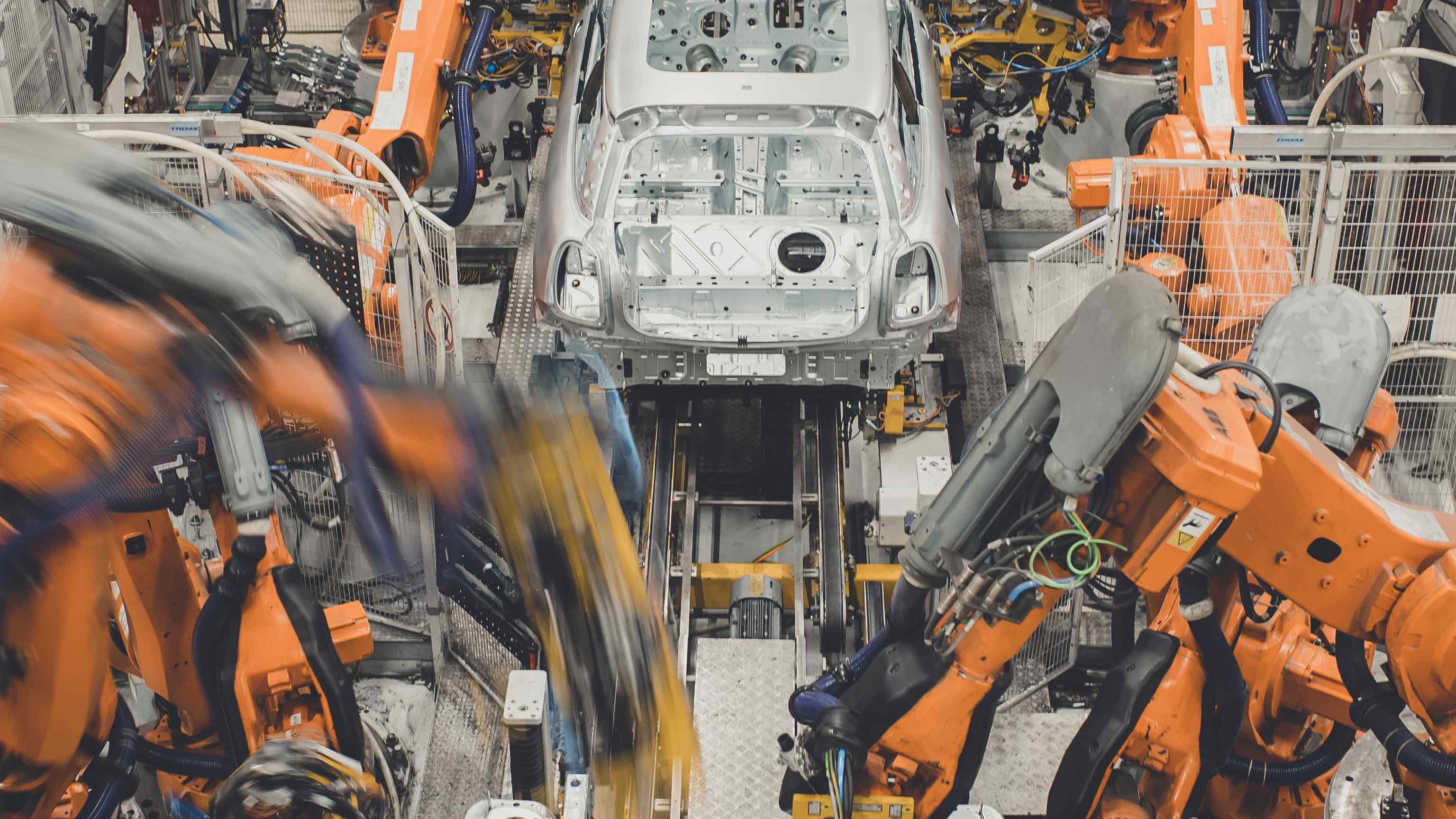
Where Icons are born.
MINI’s plant in Oxford doubles as a factory and a future lab. Every day, up to 1000 cars roll off the assembly lines – thanks also to modern robotics. We pay a visit.
Soon after 10 in the morning, dressed in a black-and-green work jacket and wearing safety glasses as always, engineer Gary Roe prepares to enter “Jurassic Park”. “You’ll be amazed,” he says, grinning broadly as he heaves open the door to the production hall. It smells of molten iron and the air is filled with flying sparks and a cacophony of humming, buzzing, clattering and whirring. Inside this vast room, orange metal arms are moving about behind high metal fences, like animals in a pen. With deft precision, the fully automatic robots busy piecing the MINI together grab metal parts and then screw, solder or weld them into the silver car frames, which are known as “body in white”. These creatures resemble a mix of terminator and T-Rex, hence the mechanics’ nickname for their place of work.
Roe is employed at MINI’s Plant Oxford, one of the oldest and most advanced car factories in Great Britain. Here, some 4500 employees are involved in the construction of an iconic and very British car in a very British place: Oxford, the home of the oldest university in the English-speaking world, the setting of the Harry Potter films, and in the eyes of fans, the ultimate English idyll. The factory is situated in Cowley, just outside the city.
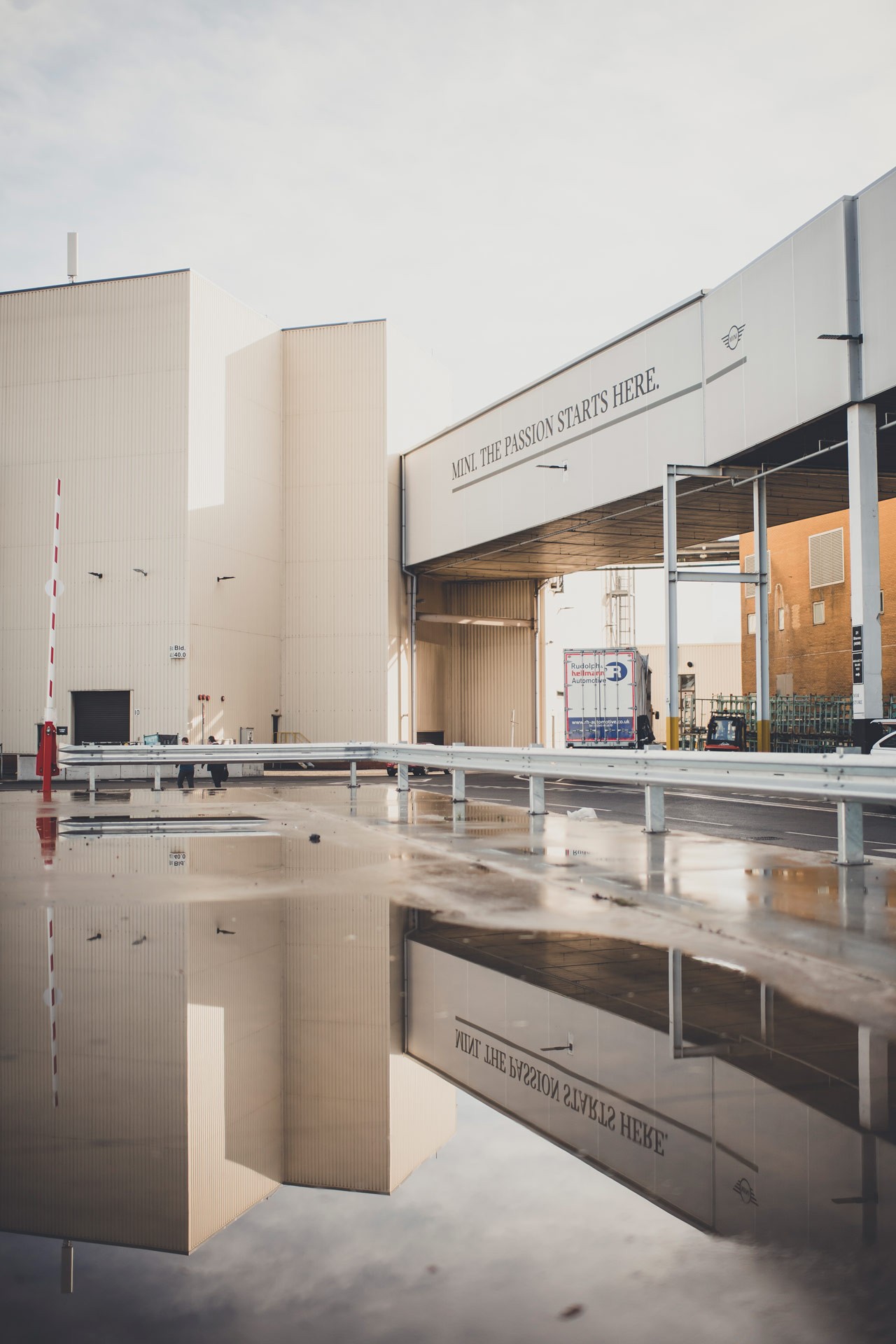
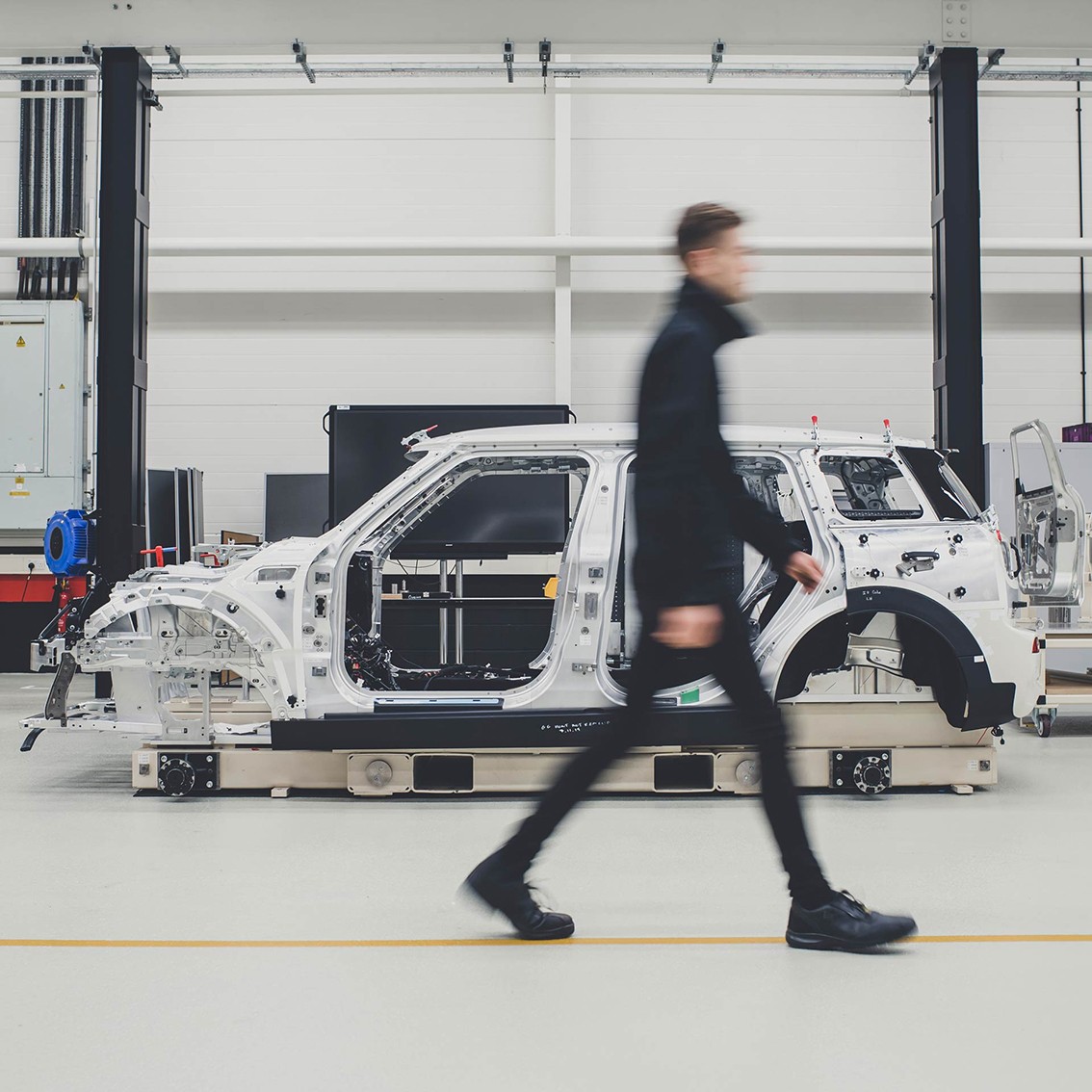
It turns out roughly 1000 cars a day: the MINI 3- and 5-door Hatch, the MINI Clubman, the MINI Electric and also the long since sold-out limited edition of 3000 MINI John Cooper Works GP. Thanks to automation, the production process takes just 22 hours from arrival of the material to completion of a car. “I’m a perfectionist, and adjusting machines so that they work perfectly is what I love about this job,” says Roe, who’s in charge of robot maintenance and quality control. At 53, Roe has seen his work become increasingly complex, but also more interesting, since he started out at Rover a good 30 years ago. All the same, without humans there would be no MINIs.
We now have data experts. And artificial intelligence has made the machinery even more efficient.
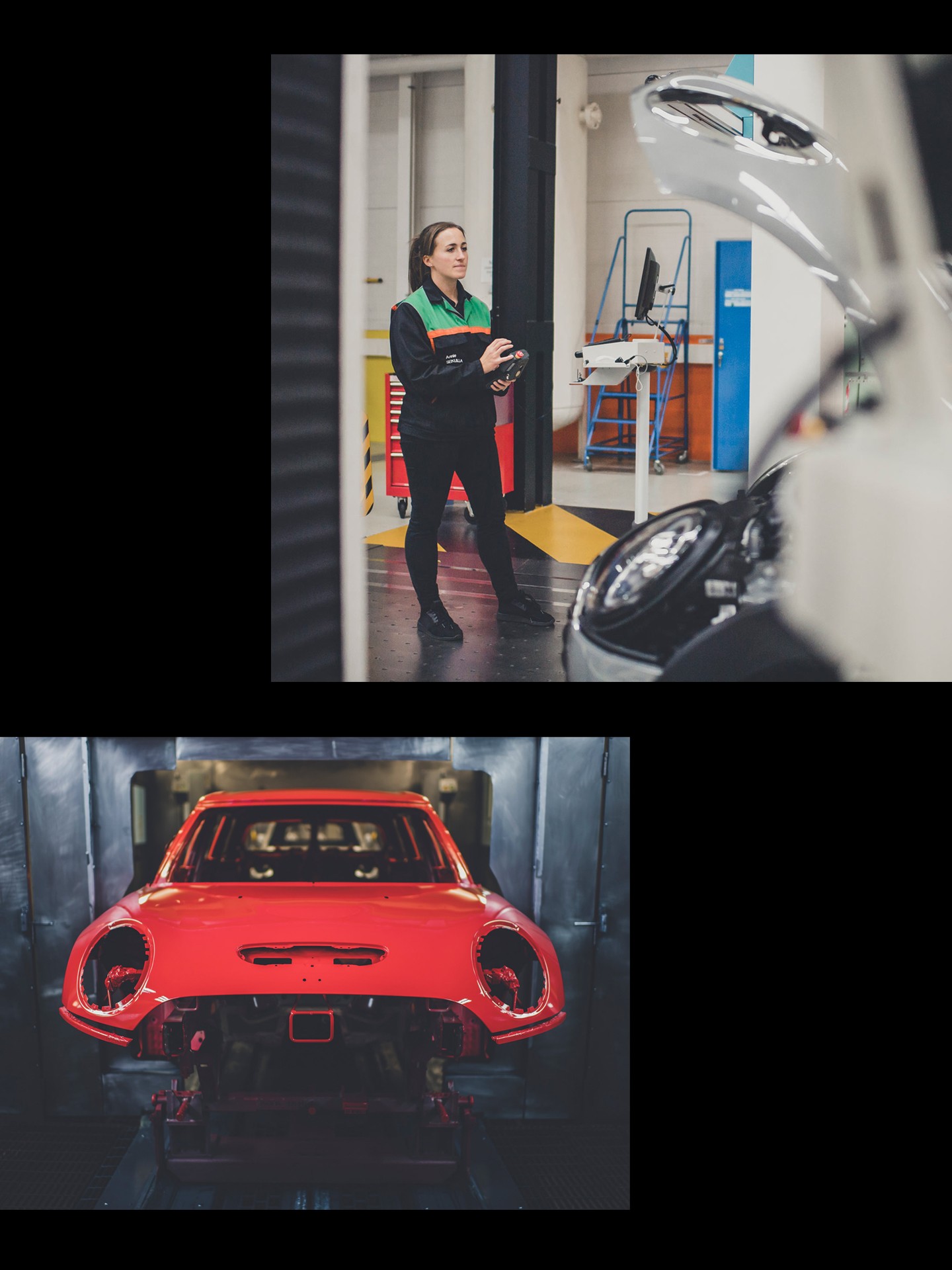
The MINI and its colours are a story in their own right: fashion designer Paul Smith had his model painted in colourful zebra stripes. Slapstick comedian Mike Myers’ special agent Austin Powers drives a MINI sporting the Union Jack look, and the late Beatles guitarist George Harrison had his red-and-gold Cooper S custom-painted with psychedelic flowers. Paint expert Peter Pinnock prefers the simple look: “For me, there’s nothing better than traditional British Racing Green II.” Although he would just settle for claret and sky blue, the Aston Villa colours. Oxford is synonymous with history and tradition and also with research and innovation. These last are also the focus of the MINI production plant, which first pro- duced motor vehicles in 1913. The factory was founded by the inventive entrepreneur William Morris and became the heart of his future manufacturing empire. It was here that Morris adopted Henry Ford’s optimised assembly line system to produce the legendary Morris Minor for the mass market. On 26 August 1959, the British Motor Corporation – then the owner of Morris Motors – launched a new small car: the Morris Mini Minor. The story of Alec Issigonis sketching his design for the MINI on a serviette is a legend, but no one disputes that the MINI concept was revolutionary: a compact car with lots of space that didn’t consume much fuel or cost very much. These days, three plants in England contribute to the production of the MINI. Most of the engines come from Hams Hall near Birmingham, while parts for the body shell are made in Swindon in the southwest. Plant Oxford completes and paints the body shells, and takes care of final assembly.
Robots aid production of the iconic little car at the MINI production plant in Oxford. At the Quality and Engineering Centre, Annie Mercer, checks that the finished cars meet their specifications. At the same time, the city speedster picks up its sporty look amid a haze of spray paint in the paint shop.
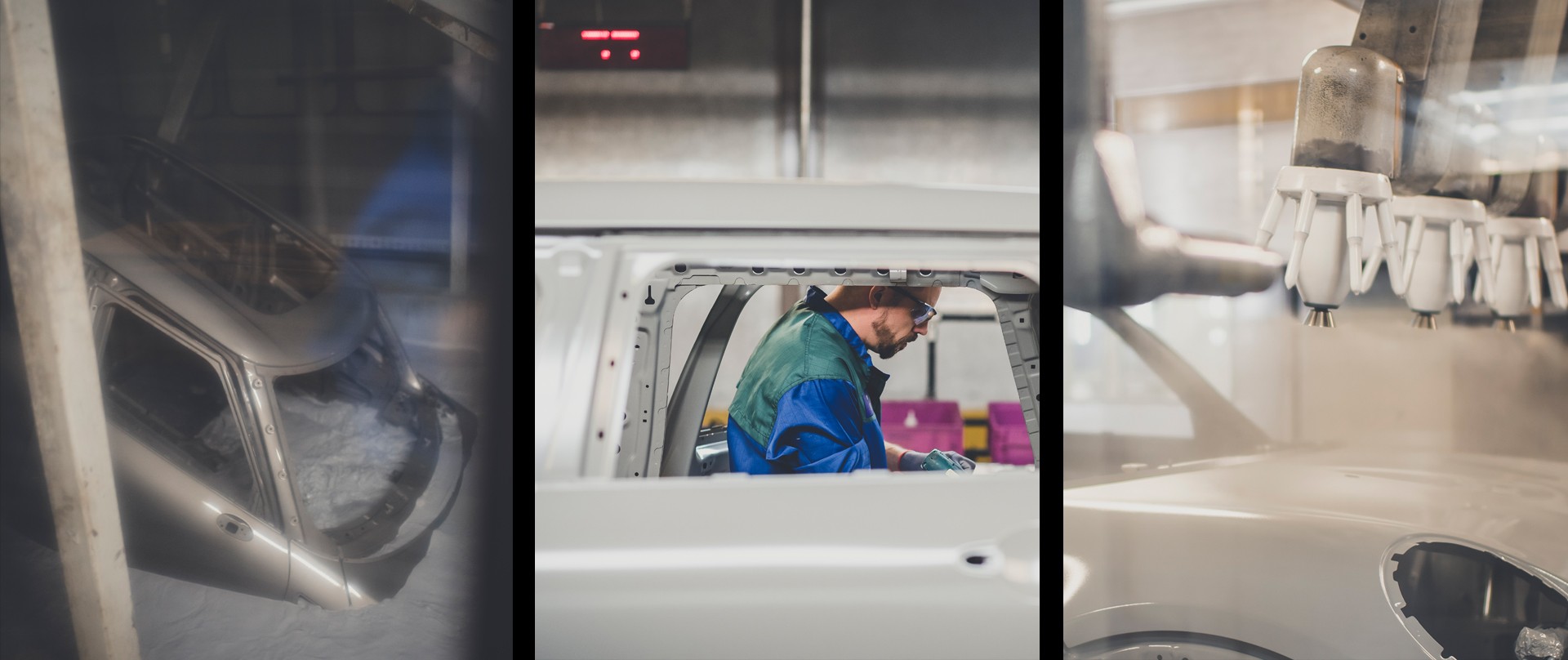
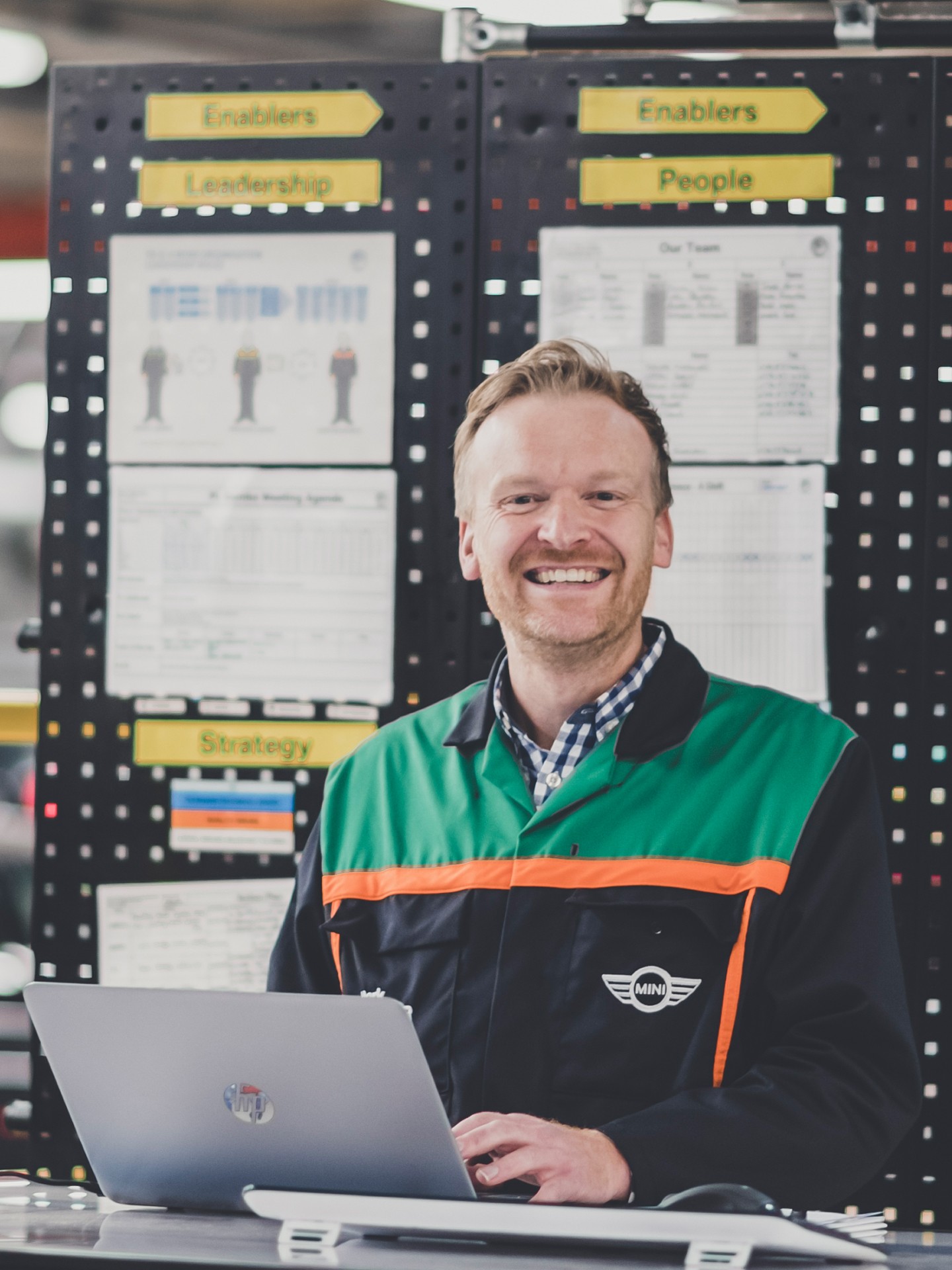
As Senior Process Leader, engineer Mark Skinner is responsible for ensuring that all production stages of all the models dovetail seamlessly. Only when every last detail is perfect are the cars released into the fresh air of the company car park.
Skinner has two GPs of his own that he loves to push to their limits from time to time. In spring 2020, he gave them an airing on a racetrack in the Midlands. But what does a petrolhead think about the vision of driverless electric cars with on-board entertainment systems keeping passengers amused as they glide silently along? “The petrol car will disappear, but I see no reason to mourn it,” says Skinner, “it’s exciting to be helping to shape the future of vehicle manufacturing” For MINI, it will be a race full speed ahead into the future. Annie Mercer, 29, agrees. She’s a technician at the QEC, the Quality and Engineering Center. In her office, she’s using a special type of camera to photograph components so as to check their measurements against the vehicle design. While the fully electric MINI was being tested in the pilot series, she did 3D scans of the engine. “Technology has always fascinated me and I wanted a job making things with my hands, but now I tend to be mostly at the computer instead,” she says, laughing. Sometimes, she also gets the feeling she’s sitting in a future lab. Virtual reality has long since been used in carmaking, to practise assembly processes, for instance. Meetings with suppliers and BMW colleagues also take place in the virtual world. “Who knows, perhaps someday we will be building flying MINIs that flit around round like spaceships,” says Mercer.
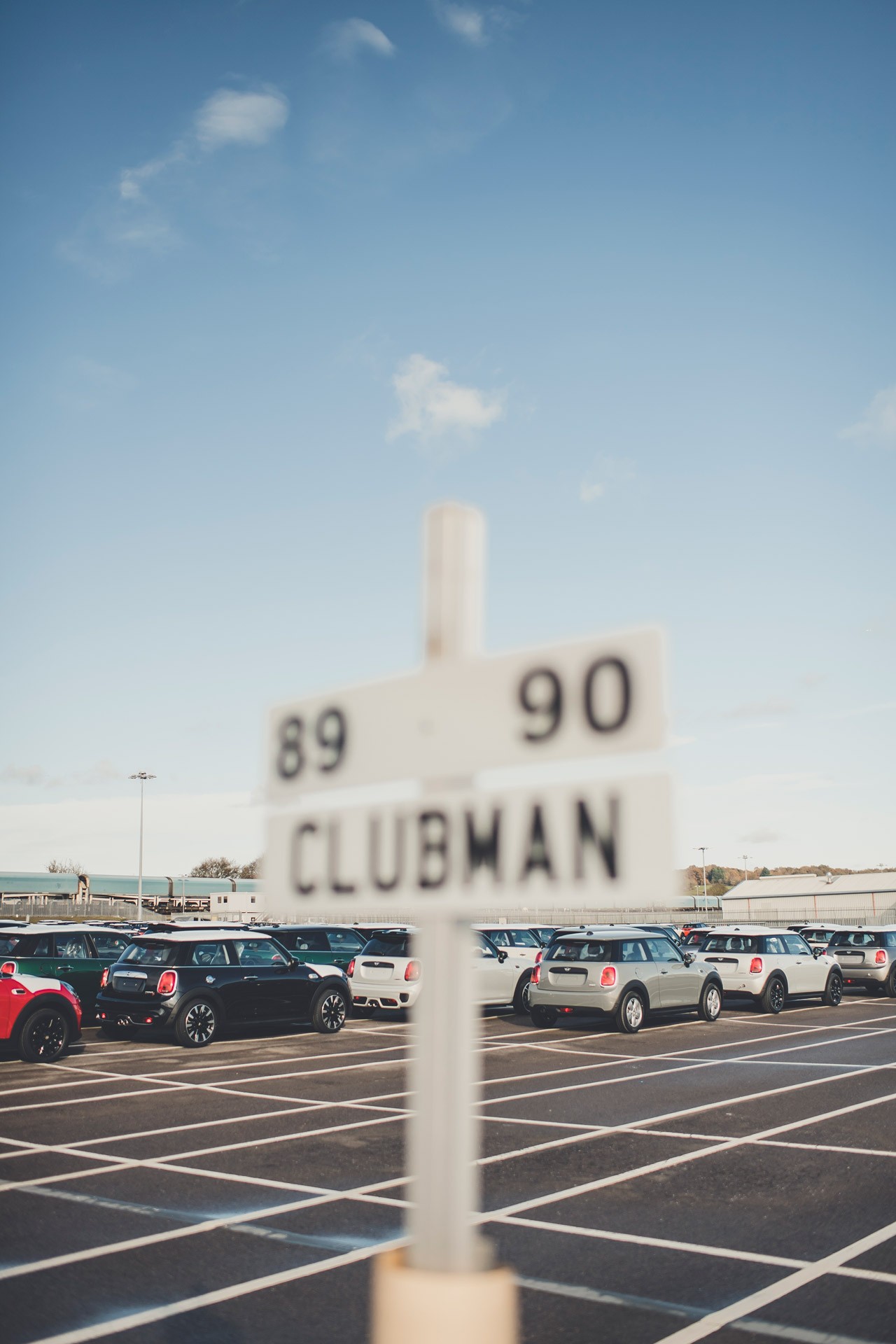
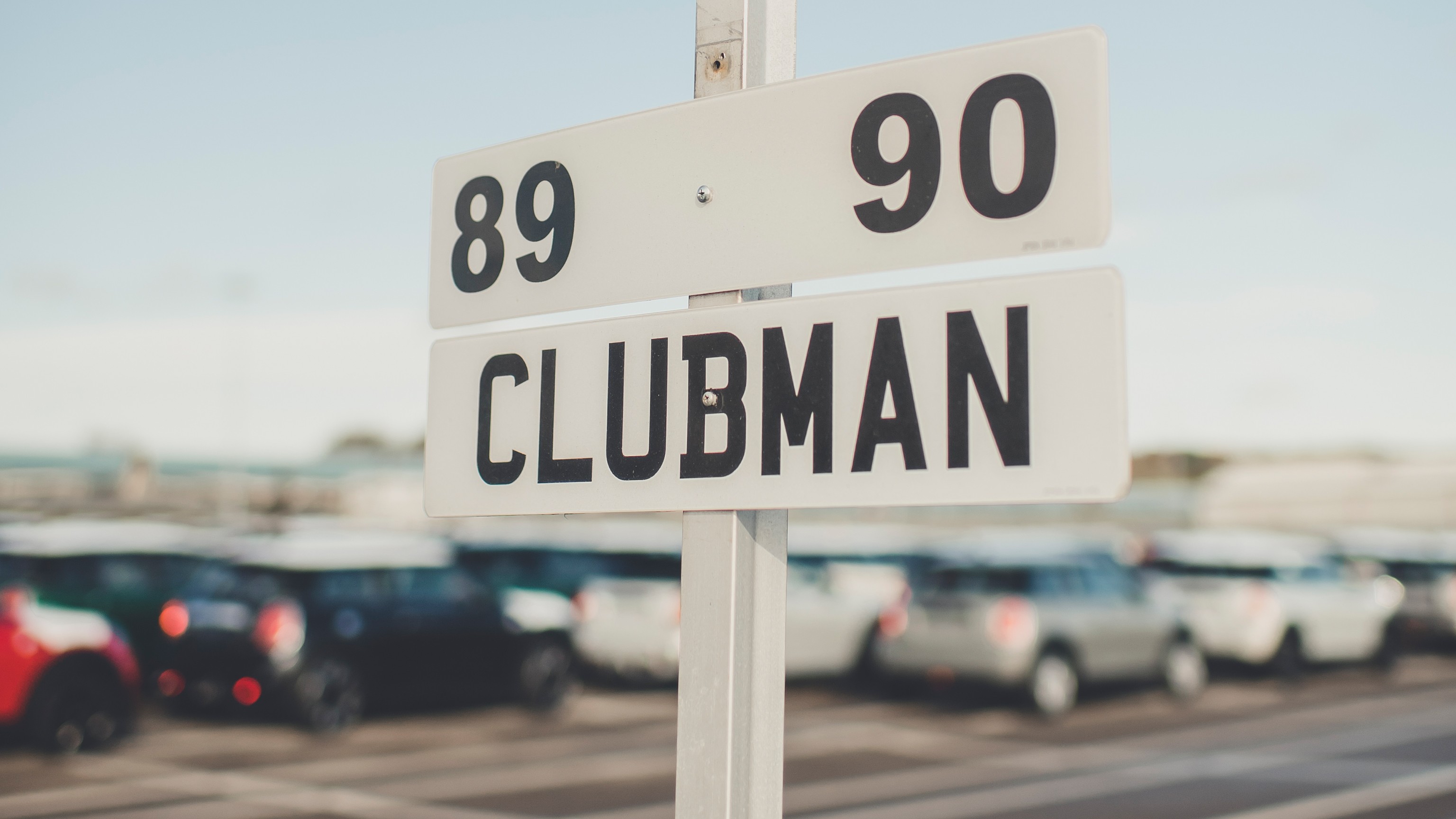
PERHAPS SOMEDAY WE WILL BE BUILDING FLYING MINIS HERE.
